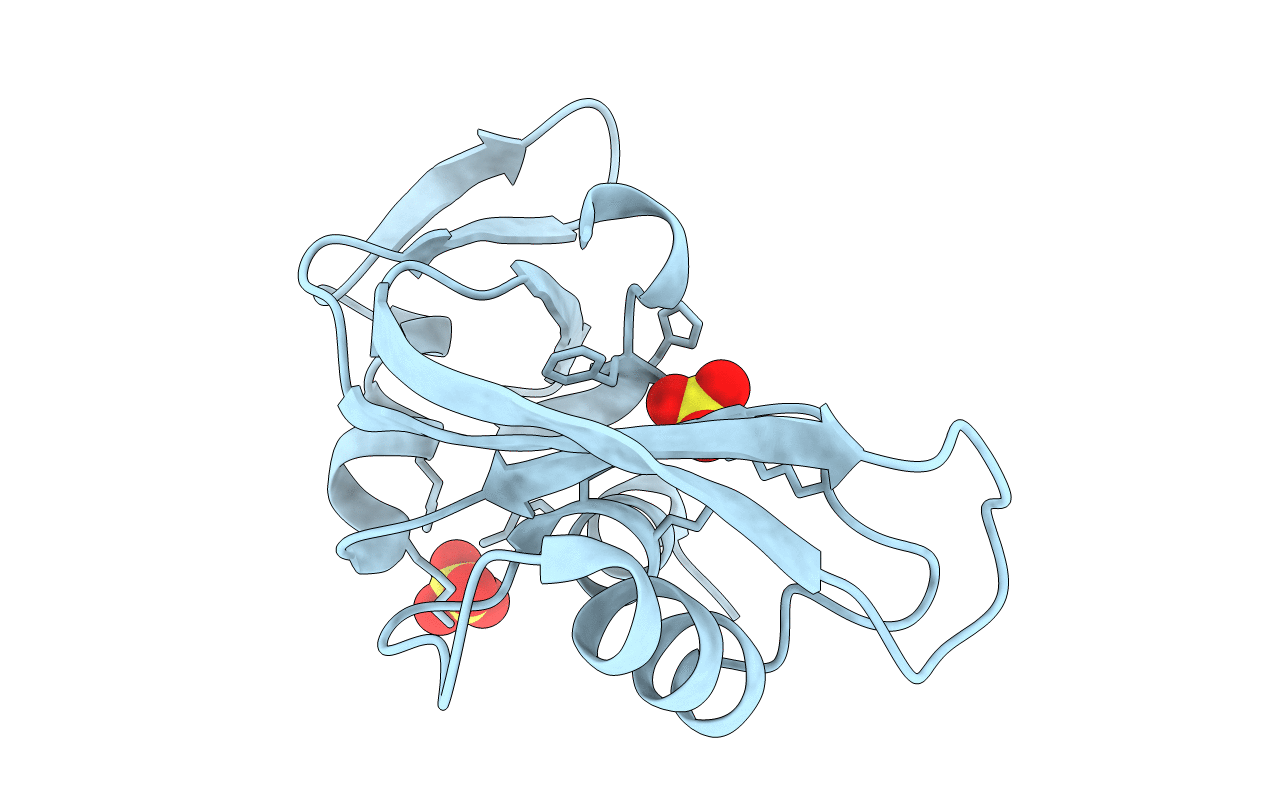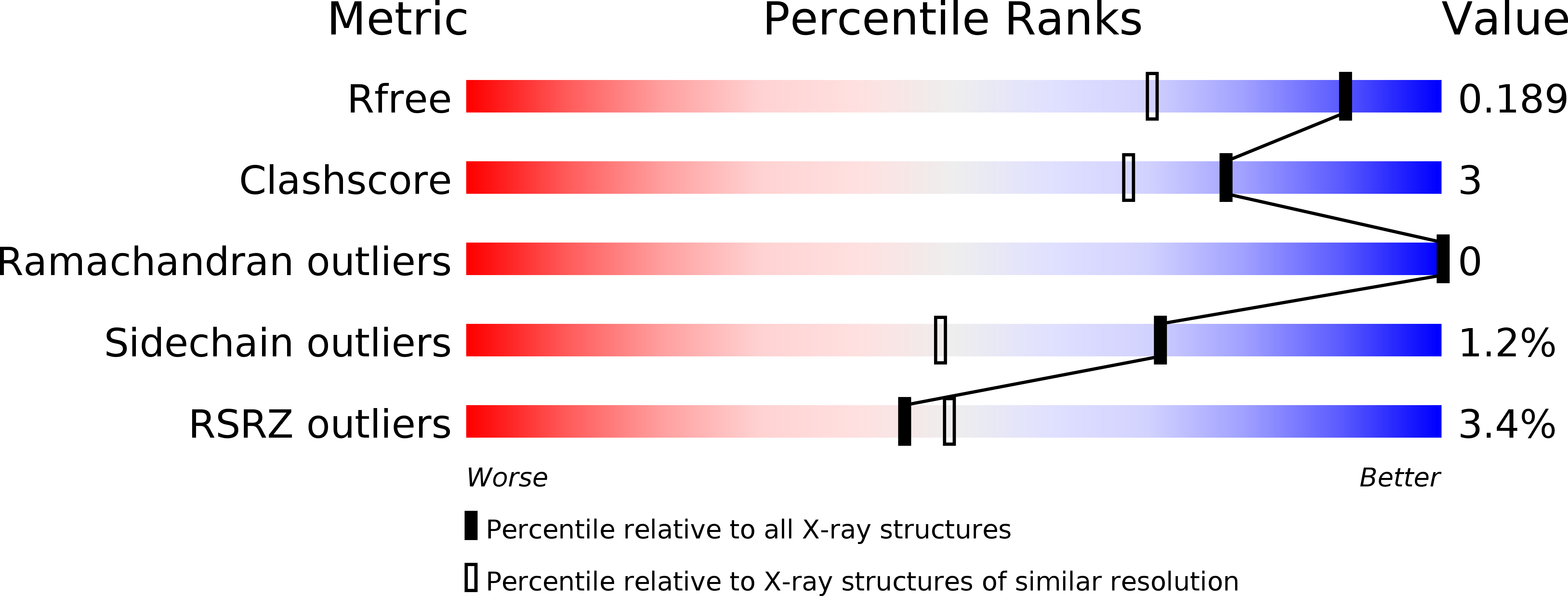
Deposition Date
2005-07-15
Release Date
2005-11-30
Last Version Date
2024-11-13
Method Details:
Experimental Method:
Resolution:
1.50 Å
R-Value Free:
0.19
R-Value Work:
0.17
R-Value Observed:
0.17
Space Group:
P 21 21 2


